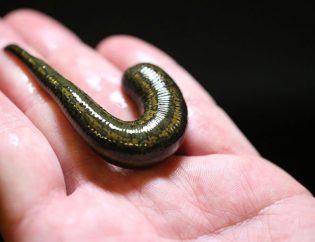How do you remove a leech if it has attached to your skin?
If a leech has attached to your skin, it’s important to remove it as soon as possible to prevent excessive bleeding and reduce the risk of infection. Here are the steps to follow:
- Don’t panic: Leeches are not dangerous and do not transmit diseases, so there’s no need to panic. Remain calm and avoid any sudden movements.
- Locate the leech: Look for the leech on your skin. They are usually found in moist areas of the body, such as the ankles, legs, or arms.
- Don’t pull the leech: Do not pull the leech off your skin, as this can cause the leech to regurgitate its stomach contents into the wound, increasing the risk of infection. Also, don’t apply salt, heat, or other irritants to the leech, as this can cause it to release more saliva and make the wound worse.
- Use a blunt object to detach the leech: Use a blunt object, such as a fingernail, the edge of a credit card, or a pair of tweezers, to gently detach the leech from your skin. Start by placing the object on your skin near the leech’s mouth and gently push it away from your skin. The leech should release its grip and fall off.
- Clean the wound: After removing the leech, clean the wound with soap and water or an antiseptic solution. Apply pressure to the wound to stop any bleeding.
- Observe the wound: Observe the wound for any signs of infection, such as redness, swelling, or pus. If you notice any of these signs, seek medical attention.
Remember, if you are in an area where leeches are common, it’s a good idea to wear protective clothing, such as long pants and socks, and to use insect repellent to avoid being bitten by leeches.




